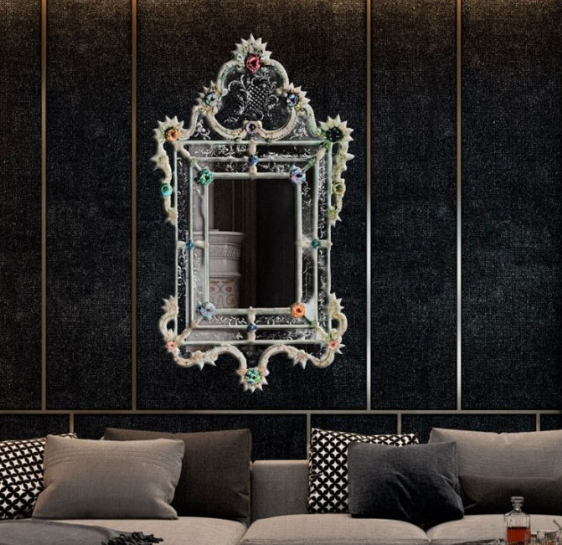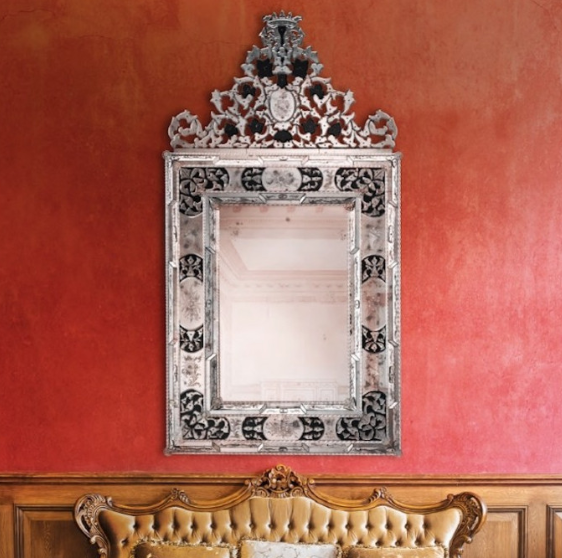The myth of Narcissus is famous all around the world and it tells the story of this young and extremely handsome boy who fell in love with his reflection in a pool of water and he drowned trying to catch it. Narcissus was the son of the god of the river Cephissus and the nymph Liriope, and for his beauty, every man and woman who saw him fell in love with him. However, Narcissus proudly rejected everyone, including Echo, a nymph who fell deeply in love with him and for her not corresponded love she isolated herself until nothing more than an echo sound remained of her. Nemesis decided to punish Narcissus after having heard these heartbroken sobs and she made him fall in love with his reflection on the water, which he didn’t recognize, and he died in an attempt to reach his image and affection. There are many versions of the end of this myth, one tells that Narcissus drowned trying to catch his reflection in the water while another one sees Narcissus turning into a white and gold flower, namely the daffodil, waiting for his love to be corresponded by his reflection.
The first object that comes to mind when talking about this myth is the mirror, for sure. Fortunately, nowadays there’s a way to see our reflection without the danger of drowning in the water or even of falling in love with our unrecognized reflection. Mirrors do not have the curse of Narcissus, but if you see your reflection in the Murano Glass mirrors you will surely fall in love with them.
Murano is famous all around the world for the glassmaking process. Venetian glass is the symbol of Venice and in particular, Murano, where all the furnaces are and where the authentic Venetian glass is made. The master glaziers of Murano are the only ones who can produce the original Murano glass objects that you can find all around Venice and the lagoon islands. The label of Murano glass is proper for the objects made in this specific region by the skilful hands of the Murano master glassworkers, who are the custodians of a thousand-year-old art strictly linked to the culture and history of Venice and its Republic. Venetian glass objects can be found (and especially made) nowhere else but in the Venetian lagoon.
The art of glassmaking has probably its origin in the Middle East, where the Venetians learned the techniques of this process that they later improved in Venice. Even though this art wasn’t born in Venice or Murano, the Venetians made this region the centre of the manufacturing of glass throughout the years since the 10th century at least. Venetian glass is known for its vases, chandeliers, and decorative objects for the house, but another important category made the name of Venetian glass renowned, namely mirrors.
Around the 15th century in Murano, the master glazier Angelo Barovier invented the “Cristallo” (whose literal translation is “crystal”), which is transparent glass, extremely pure and colourless. The difference between crystal and glass is that the former contains metal oxides (lead) and later they will turn the crystal into a mirror thanks to a chemical reaction with other elements and chemical solutions. Angelo Barovier is considered the inventor of Venetian mirrors thanks the techniques he developed to produce shiny glass surfaces that are perfectly flat and uniform.
Murano Glass Mirrors are unique works of art which are symbolic of the Venetian tradition. They are entirely hand-made, and their characteristics are hand-engraved decorations, generally flowers and leaves. These details, together with their shapes and the elaborated sculptures all around the frame make the mirrors elegant and eccentric, a symbol of tradition with a touch of luxury.
It is impossible not to fall in love with your reflection framed in these masterpieces. Their uniqueness achieved through the hard work of the master glassmakers and the antique techniques used in the furnaces is what makes these mirrors so valuable, magnificent, and breathtaking. No matter where they are displayed, they will make your house splendid and their presence in your house won’t go unnoticed.

